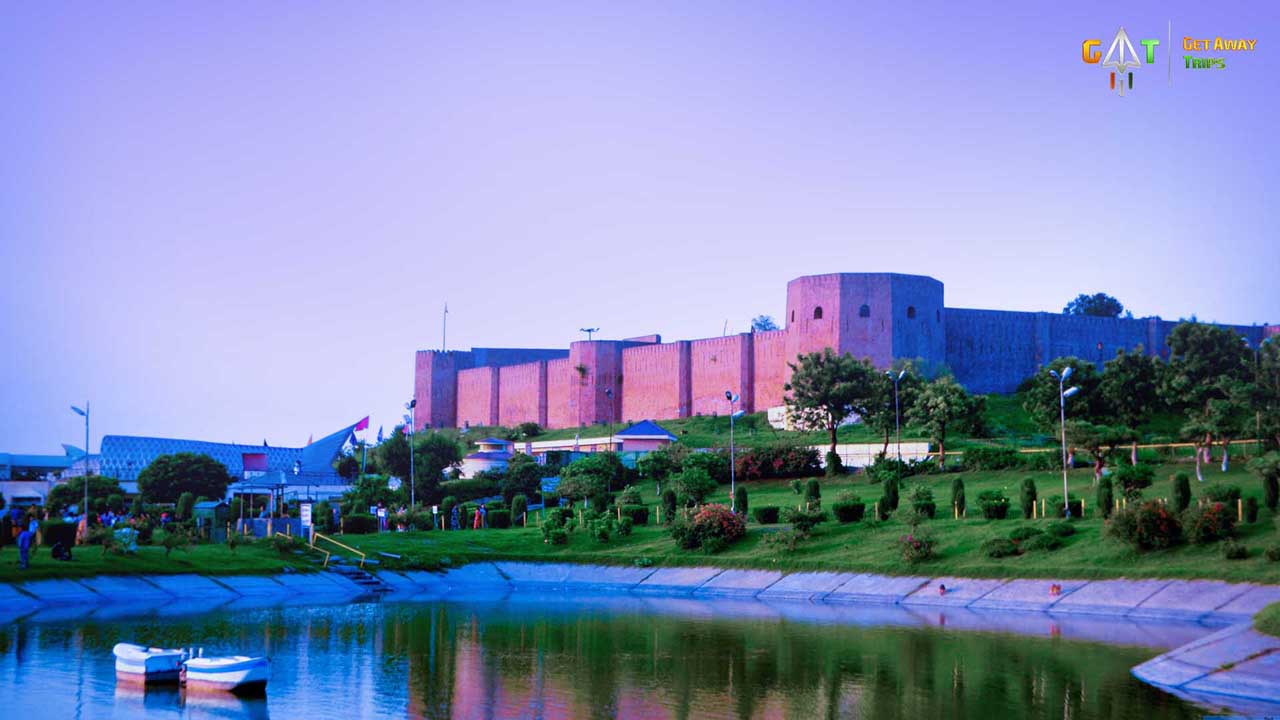BAHU FORT

BAHU FORT
Situated 5 kms away from the city centre, Bahu Fort stands on a rock face on the left bank of the river Tawi. Perhaps the oldest fort and edifice in the city of Jammu. It was constructed originally by Raja Bahulochan over 3,000 years ago. The existing fort was improved upon and extended by the Dogra rulers later. An extensive terraced garden, known as Bagh-e-Bahu, has been developed around the fort. Inside fort, there is a temple dedicated to the Goddess Kali.
This Bahu Temple is situated inside the Bahu Fort. It is popularly called Bave Wali Mata Mandir. The Bahu Fort is a fortress representing the lavishness of the Dogra kings and the royal family that resided to rule the region. Pilgrims flock the temple on Tuesdays and Sundays, these days are regarded auspicious.
The fort, along with the Bahu temple, commands a panoramic view of the Jammu city. On the bypass road, behind the Bahu fort, the city forest surrounds the ancient Maha Maya Temple overlooking the River Tawi. A small garden surrounded by acres of woods furnishes a populated destination for tourists. Mahamaya is the local goddess of the Dogras, who lost her life 14 centuries ago combating foreign invaders. The present Bave Wali Mata mandir was built shortly after the coronation of Maharaja Gulab Singh in 1822. The Goddess is considered second only to Mata Vaishno Devi in terms of mystical power. The Bahu Temple is dedicated to Goddess Kali, the reigning deity of the region of Jammu & Kashmir.
Bagh-E-Bahu Aquarium
The subcontinent’s largest underground aquarium in Jammu’s Bagh-I-Bahu area is drawing a large number of tourists ever since it was opened to the public. Besides students, the aquarium has become a center of attraction for tourists, giving them an opportunity to revel in the exotic aquatic world. The aquarium has attracted large number of tourists visiting the State. The aquarium-cum-awareness center comprises of 24 aquarium caves including 13 small caves for holding freshwater fishes. Two large caves for holding marine water fishes and nine medium sized aquariums for holding marine and fresh water fishes. The entrance is designed in the shape of the mouth of a fish and the exit in the shape of a fish tail. The aquarium houses a museum where 400 varieties of freshwater and marine fishes are on display.
